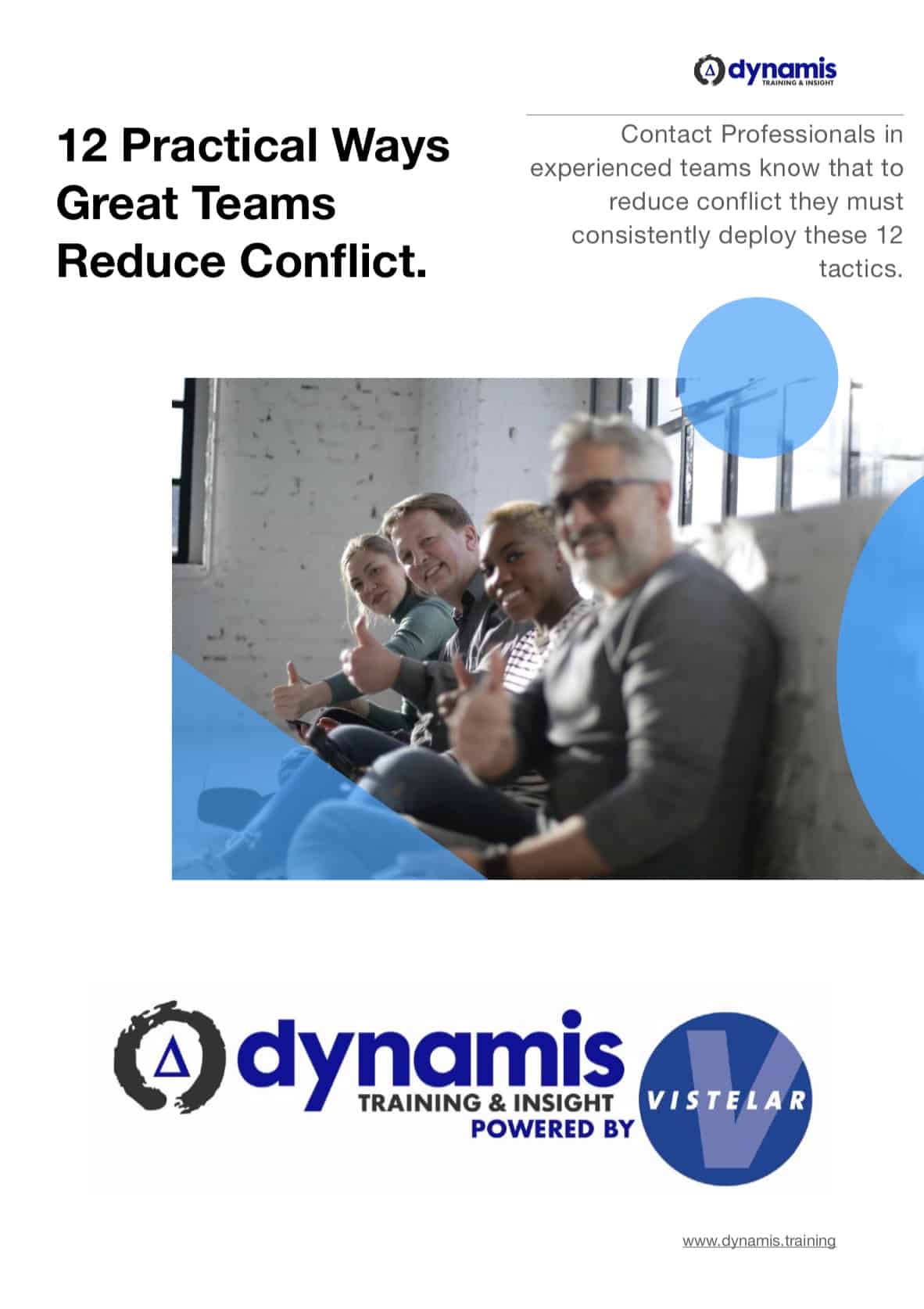Lone Worker Safety Device: An Analysis
We met a training participant some years ago who described how she expected to use her Lone Worker Safety Device:
“Well first, I would hopefully have it ready if I thought anything bad was going to happen. I mean, I am supposed to have it in my hand already and be ready to press the button. Actually, I think I need to pull a pin out of my device, to activate it. Anyway, hopefully I would have it ready, and then if I could activate it, well that’s when the loud noise of the siren would hopefully distract the bad-guy long enough for me to get away from the dangerous situation.”
The room went silent for a moment, and a lot of lightbulbs went off over people’s heads…crikey, our attendees thought, there’s an awful lot of “hopefully” going on in that plan!
For years we have seen a lot of commercial innovation in building a better Lone Worker Safety Device. We have seen the evolution from pressurised gas-based personal alarms, just like mini-car-horns, all the way through to todays more technologically complex electronic sirens and the newer sophisticated communications technology and computerised tracking systems for lone workers.
The potential fallacy of the Lone Worker Safety Device
“Everything works, in theory” – One of the key issues in terms of dealing with violence and aggression is what lt. Col Dave Grossman describes in his writings as the “universal human phobia” of intense interpersonal conflict. When faced with intense conflict, and the threat of violence in our midst, the vast majority of us will experience phobic-level responses in our physiology and psychology. Books have been written on the emerging study of ‘combat physiology and psychology’ which are starting to pick apart what happens inside the minds and bodies of people who experience sudden, explosive confrontations. These are the kinds of situations in which personal alarms and such devices are expected to be used, but how well are the devices being matched to how real people react?
The key questions may be:
How easily can you access your Lone Worker Safety Device under high stress?
and
When you have accessed the Lone Worker Safety Device, how easily can you activate it?
and
When you have activated the Lone Worker Safety Device, what happens next?
How easily can you access your Lone Worker Safety Device?
Now, for the avoidance of doubt, I would like to clarify that our training team is positively inclined towards the Lone Worker Safety Device, however its relevance and appropriateness in different circumstances needs to be contextualised and made clear to the people who are going to use them.
Accessing any type of safety device, whether a personal alarm, a mobile phone, a radio, a panic button or whatever, requires a number of elementary factors to be going in the operator’s favour.
Alertness is one factor, embodied by the staff member, informed by the levels of information sharing and recording which is in place within their team, their organisation and their sector and their training in recognising any danger signs. As we have said, your intuition will tell you when you need to activate the device – it is still powered by a human being!
The next factors, Proximity and Timing are mainly influenced by the attacker – the ferocity and intensity of their actions will determine to a large extent the success of the actions of the device operator. Later on in this book I will explain a little about how we hope you can better manage proximity using some of our information about body-language and ‘barrier signals’.
Let’s talk about timing and distance for a moment though:
In the most dangerous incidents, a highly-aroused or motivated attacker can move with such quickness, ferocity and at such close proximity so as to render the worker’s challenge in accessing a device very great indeed. Lone Workers, especially the ones for whom the risks of physical violence are greater, typically work in close-quarters with their service users – consider the size of an average living room, bedroom or hallway for a moment.
How quickly can an attacker cover the distance between them and the worker they are with, and deliver a blow? How much time might a worker need in order to recognise that they are under attack? How quickly then can they make the decision to activate their Lone Worker Safety Device and then finally execute the motor program for moving their hands towards it to operate it? This Reaction Time issue is well studied in sports science where performance under stress is so important. I believe these findings are under-utilised in looking at how the Lone Worker Safety Device is to be used in real, live situations.
There is some research we can examine to address this issue though – typically referred to as the “reactionary gap” theory and pioneered by police trainers in the USA. They asked the questions:
“How long does it take to react to a fast-moving threat?”
and
“When is an assailant too close to allow a person to reach for a Lone Worker Safety Device or weapon in time?”
Following experimentation, typically with live scenario-replication with role-players, a number of key outcomes consistently appeared. The one we want to draw your attention to in this context is that it is consistently found that a motivated attacker can cover a distance of 7 yards in 1.5 seconds.
That’s right: A motivated attacker can cover a distance of 7 yards in 1.5 seconds.
Acknowledging this standard, it is reasonable to ask what can our device-equipped Lone Worker be realistically expected to do in that space of time? Even considering the highly-prepared worker, who has the Lone Worker Safety Device in their hand (rather than in their jacket or handbag) at the outset of the encounter with their client, what can be realistically achieved with a device in that tiny interval?
One of our training and consulting projects has been to work with client staff in the Financial Services sector, who told us many stories of their experiences with aggression and violence.
– One man routinely left his Lone Worker Safety Device in his car when visiting clients, before being locked in a house for an afternoon with an agitated client.
– One woman had had her Lone Worker Safety Device swatted from her hand before being able to place her distress call.
– One man had been hit from behind with a baseball bat before he even knew his client was angry.
– One female lone worker, (Mary Merry), was dead on her client’s floor before her distraught husband began calling her phone in vain, looking for her.
Lone Worker Mary Merry, 2001
Mary Merry lost her life one winter’s night in 1999 when she was attacked by one of her customers as she collected debts on a notorious housing estate in Cambridge.
She had worked part-time as an “insurance collection agent” for Provident Personal Credit Ltd in Cambridge for three years.
Mrs Merry made weekly calls on clients in their homes to collect repayments and 37-year-old Robert Norton was one debtor over whom she had expressed grave concerns.
He paid her £12 a week to cover a £400 loan, but she often felt uncomfortable in his company and on at least half a dozen occasions had felt vulnerable enough to take her brother along for support. When Norton saw her brother, Michael James, accompanying her, he would not let the pair into the house.
Mrs Merry had told her husband Norton would sometimes lock her in his house or stand between her and the doorway.
On the fateful night Norton, who had been sexually fantasising about Mrs Merry, attacked her with two knives and a pair of scissors.
When she did not return from her rounds, her husband rang her mobile phone. Three times Norton answered it but did not say anything. When it rang a fourth time he destroyed it by stamping on it.
Norton admitted killing her but claimed manslaughter on the grounds of diminished responsibility, saying he had heard voices telling him to attack her.
– BBC News Saturday, 16 June, 2001 The dangers of working alone
Our key question about accessing your personal safety device is this: When you are in danger and need to deal with an imminent risk, what is happening while you are deciding to use, looking for, or reaching for your device? Our contention here is that while you are concentrating on the device, your attacker is still concentrating on you.

Gerard O’Dea is a professional violence-management trainer/consultant who has been active in personal safety training since 2006. He regularly delivers training to local authority, housing organisation and other community-based staff teams who work with sometimes difficult, distressed or dangerous members of the public. His approach to lone-worker training is pragmatic, functional and based on a keen analysis of the issues in the real world of community working. Gerard published “Lone Worker Personal Safety: A Guidebook for Health and Social Care Staff” (on Amazon in Paperback and on Kindle) in 2014. For more information please visit: https://www.dynamis.training/lone-worker-personal-safety/


